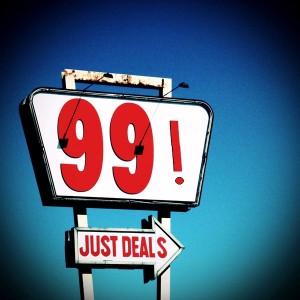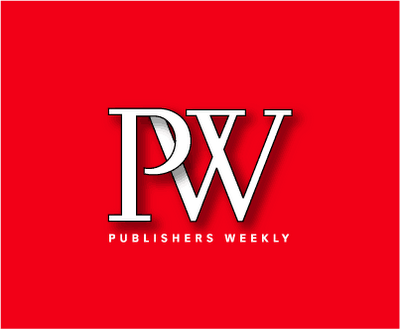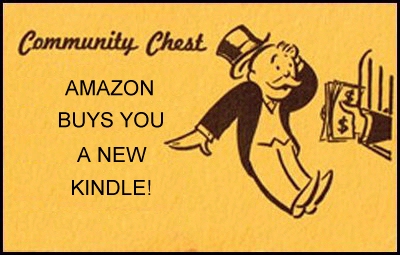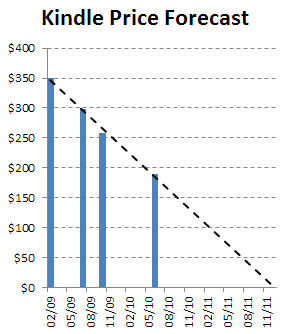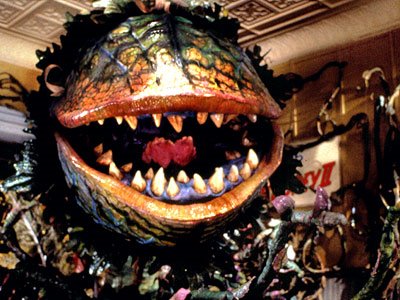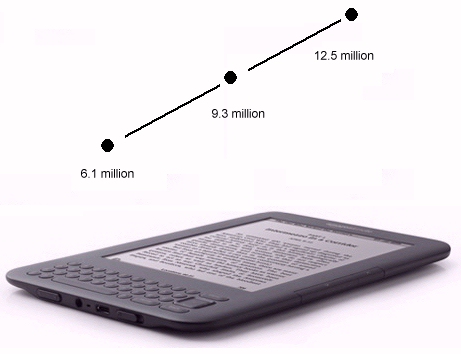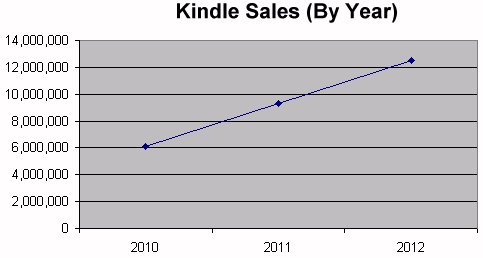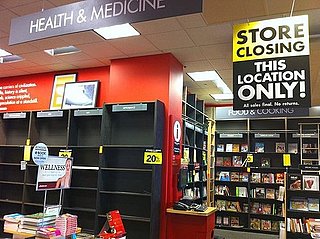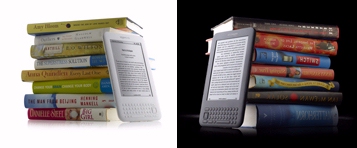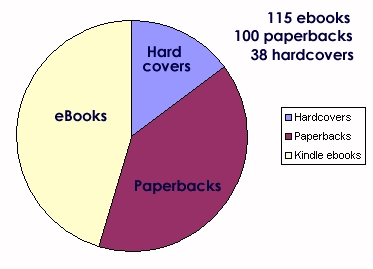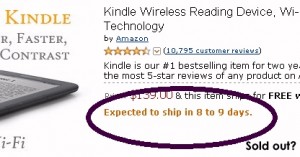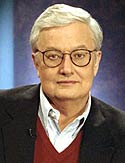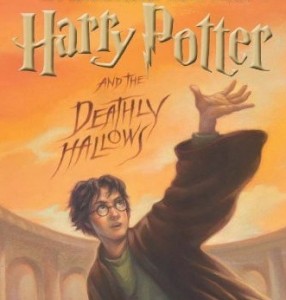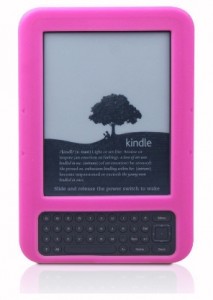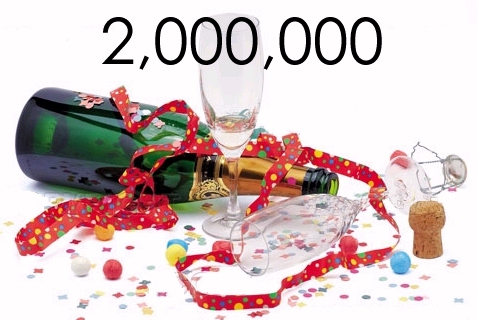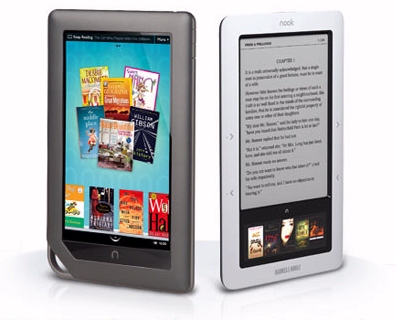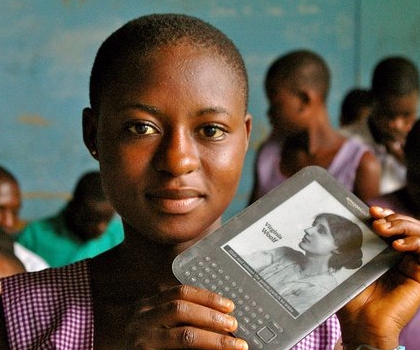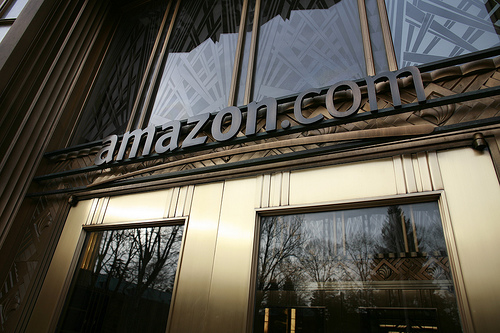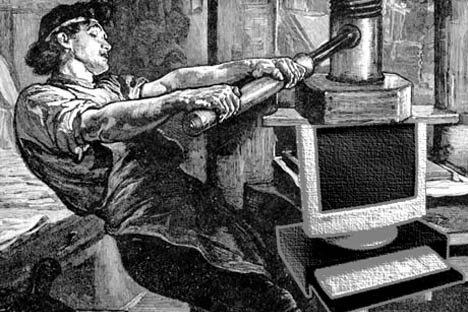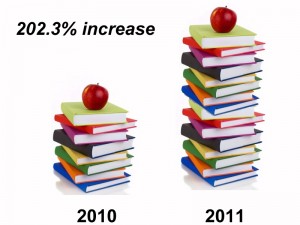
Today the Association of American Publishers finally released their estimated sales statistics for February. It’s conclusion? E-book sales have more than tripled from where they were just one year ago!
I’ve updated this post because originally I hadn’t realized just how much the sales had increased. “According to AAP’s monthly sales estimates, e-book sales jumped 202.3% at the 16 publishers that reported results, hitting $90.3 million,” Publisher’s Weekly reported this morning – and a 200% increase means the sales are triple where they were from the year before. Again, these are the official statistics from the official trade association of the U.S. book publishing industry, which reported that e-book sales “have enjoyed triple-digit percentage growth, 202.3%, vs February 2010.” And they also acknowledged today that people really love to read e-books.
“The public is embracing the breadth and variety of reading choices available to them,” announced the association’s president, adding that while the reading public maintains an interest in printed books, they’ve “made e-books permanent additions to their lifestyle.”
It’s nice to see that book publishers are aware of the changes rocking their industry, and that they’re approaching it with a sense of history. The association’s president noted today that “publishers are constantly redefining the timeless concept of ‘books,'” and identifying new audiences they can serve in new emerging technologies. “Publishers have always strategically expanded into all the markets and formats where readers want to find books,” he added enthusiastically, “whether it was Trade Paperback, Mass Market or now digital.”
But the statistics tell an unusually compelling story. Publishers are selling more e-books than they are books in any other format, according to a larger survey of over 84 different publishing houses. And in fact, nearly every kind of printed book has shown a decline in sales from the sales they reported just last year. For example, in February hardcover sales dropped a massive 43% from the year before, and they’re now earning the publishing houses just $46.2 million.
And mass-market paperbacks didn’t fare much better, dropping 41.5% in February (down to just $29.3 million) from their sales figures a year ago. In fact, combining every category of printed book, you’d still see a drop of 24.8% in their February sales this year. There was only one kind of printed book which showed any increase in sales this year: religious books, which sold 5.5% more in February than they did in February of 2010 (earning $48.5 million). But no matter how you approach these figures, e-books still come out as extremely popular.
So what’s their explanation? E-books apparently got a big boost from the people who received a Kindle (or another digital reader) as a gift this Christmas. There’s not only more reading devices to choose from, but now there’s also more digital titles available, their report noted today. And people may even be reading more once they purchase a digital reader, the report seems to suggest. “Additionally, trade publishing houses cite e-books as generating fresh consumer interest in — and new revenue streams for — ‘backlist’ titles, books that have been in print for at least a year. Many publishers report that e-Book readers who enjoy a newly-released book will frequently buy an author’s full backlist.”
This may be the year that everything changes — when digital texts really start to replace the printed book as we know it.
